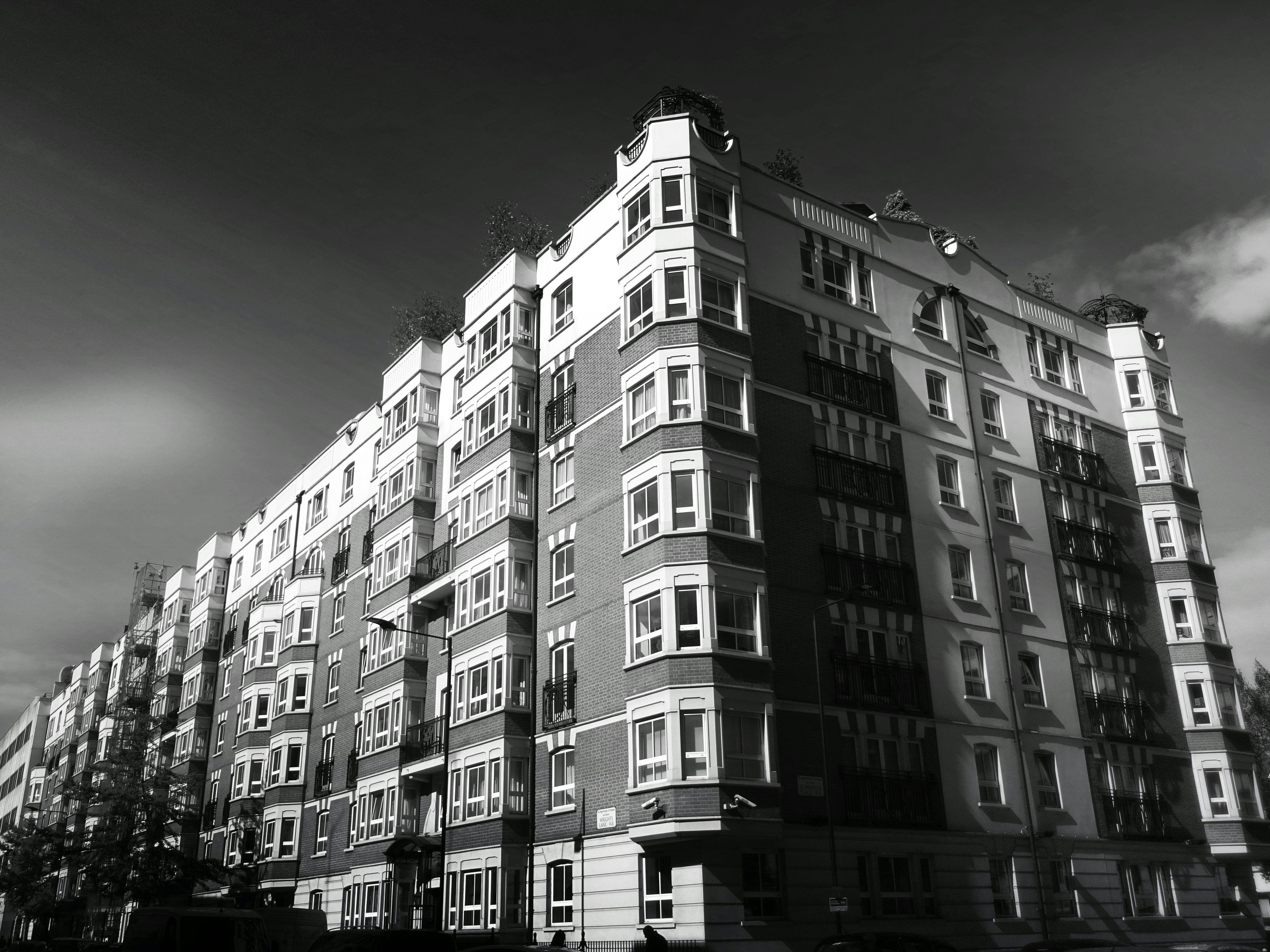French drains, which, despite their name, originated in the United States, essentially function by providing invasive groundwater with a path of least resistance by which it can be redirected away from a structure or low section of lawn. They are named after a New Hampshire man, Henry Flagg French, who, in 1860, published a book with the intriguing title: Agricultural drainage: the principles, processes and effects of draining the land with stones, wood, plows and open ditches, and especially with tiles.
Today, French drains are generally used to combat surface and/or groundwater flooding problems that a homeowner may have, especially affecting their lawn, foundation, or basement. They are also sometimes used to drain liquid effluent from septic tanks.
The basic design, a gravel-filled trench, is simple, but for it to continue to function in the long term, it is important that it is well executed.
Flooding problems are often associated with sloping terrain, non-porous clay soils, or a combination of both. For example, if your property is built on a slope with your neighbors’ house occupying much higher up the slope, heavy rains can precipitate a pool of groundwater that rushes from their property onto yours. If your soil isn’t capable of absorbing all that water, you may very well experience damage to your home’s foundation or leaks into a crawl space or basement below the ground floor of your home.
A linear french drain is a simple and cost-effective solution to this problem. In this scenario, it acts as a moat that protects your home by intercepting groundwater running down the slope and directing it around and away from your home’s foundation.
A linear french drain is a doable DIY project, if you don’t mind doing back-breaking work (this does it involves digging a trench, which is a lot like a trench after all) and you have the right tools and materials (1″ round washed gravel, 4″ PVC pipe with weep holes, a digging shovel, or a electric trencher and a construction level)
So let’s get down to the nitty-gritty of how to build a French drain and how it works. First, you’ll need to dig an L-shaped or U-shaped trench system, 6″ wide and 24″ deep, four to six feet from the house. It’s important not to build the drain too close to the house because doing so will bring water against the foundation, which is exactly what you don’t want.
The main section of the trench system must be dug uphill from the house. For a French U-shaped drain, it should be level and connected to two pipes on each side of the house with 90-degree PVC elbows. For an L-shaped drain, the main leg should slope down, with a slope of at least 1/8 inch per foot of drop, to the second leg which will run the length of the house, also connected by half of a 90 degree PVC elbow. stamp.
When you’re designing your drainage system, you want gravity to work for you. Like a river, groundwater flows downhill, so you’ll need to work with the natural slope of your property and, if possible, have the outlet pipe come out above ground so the groundwater has a easy exit point.
Once you’ve decided on the layout of the system and done the heavy lifting of digging the trenches, it’s time to install the functional parts of the drainage system: the gravel and the pipes. First, tamp down any loose soil at the bottom of the trench and cover it with 1 to 2 inches of gravel, lay the PVC pipes on top of this first layer of gravel, holes facing down, and then backfill the trench with more gravel, one inch below ground level. Then all you have to do is cover the trench with grass or another decorative touch of your choice. And you are ready. The next time it rains heavily, the excess groundwater will enter the newly installed French drain and be diverted around your house and discharged at the end of the outlet pipe(s).
It is generally recommended that a French drain be lined with geotech fabric and that the pipe be wrapped in a geotech sock to prevent it from becoming clogged with sediment. I don’t recommend doing either. If you were to use geotech fabric anywhere, the place to put it would be on top of the trench to prevent silt and sediment from seeping in from above and filling the air spaces between the gravel. Most of the water that enters a French drain is groundwater that flows laterally underground, not down from the surface. Groundwater is not silty, it has already had silt and sediment seeped from it as it percolated through the topsoil. If in doubt, ask yourself if groundwater spring water and well water are clear or cloudy. Both, of course, are usually crystal clear because soil is a natural water purifier.




